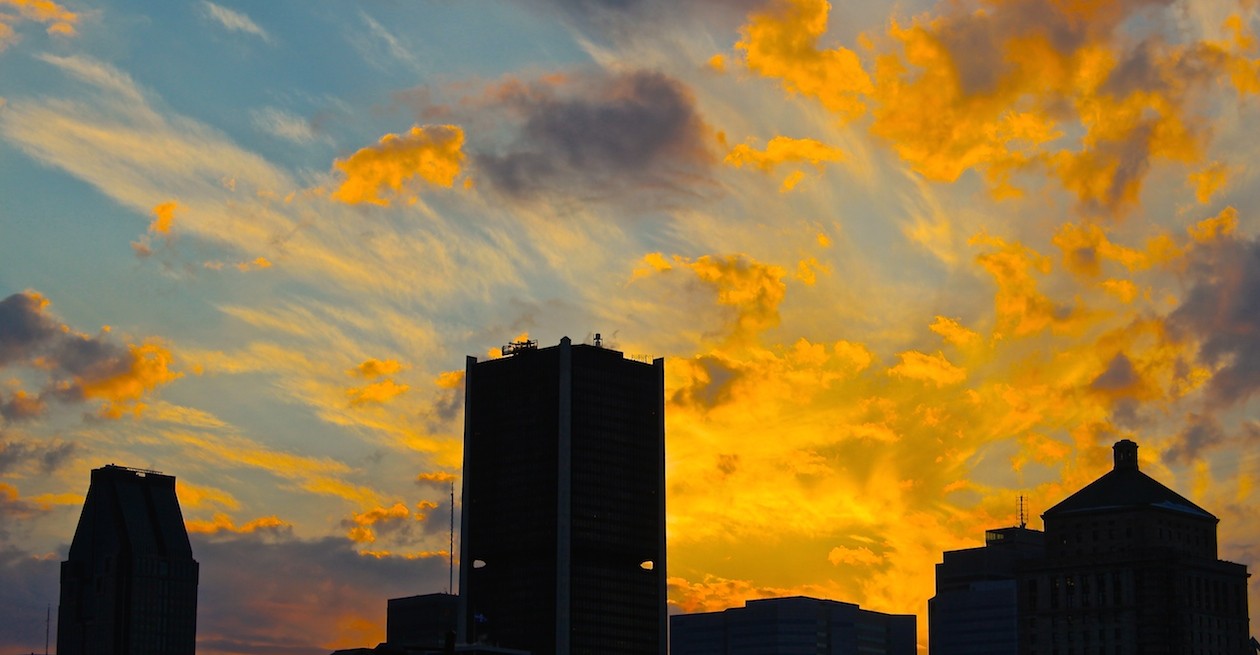
In case you’ve had your head stuck under a rock for the last few weeks, a petition has been put forth by City Councilor Marvin Rotrand to have something named after Richler before the 10th anniversary of death this July. If you’d like to sign the petition, go here. Among other things considered, Fairmount Street, St-Urbain Street and the Mile End Library.
If you’d like to find out what the President of the St-Jean Baptiste Society thinks, go here. As you can imagine, the mere mentioning of this great writer’s name in certain circles got the Independence-minded swimming in circles, defiant to the last that nothing should ever honour this writer. You see, Mordecai Richler secretly hated all French-Canadians. I say secretly because he was so good at keeping his hatred hidden deep down inside that there are virtually no examples, no even shitty, half-assed examples, of his hatred for all things Québecois.
And, ten years after the man’s death, no one has found anything to nail his ass to the wall, so to speak.
That being said, Rotrand’s proposal has come under fire from the lunatic fringe of the Québec Independence movement, as there is a general perception of Richler, among certain circles, as an anti-Québecois racist.
Unfortunately, when it comes time to deal with that pesky thing called proof, the irrational and misguided Patriotes tend to point fingers in all directions except Richler’s work. there’s a feeling he may be a racist which isn’t backed up by legitimate information. Nothing. Zip. Nada.
Could it be as a result of the separatist fringe’s unwillingness or disinterest to sit down and actually read his books, whether fiction or non-fiction?
I haven’t read much of his work, and don’t worry, I’m already on my own case for being so negligent. It’s a New Years resolution of mine. However, I have read his extremely controversial 1992 non-fiction essay, Oh Canada! Oh Québec!, which itself was largely based on a series of essays he penned for some major international publications, such as the New Yorker and the Atlantic Monthly. When I say controversial, I mean to say it was perceived as such. I personally couldn’t figure out what all the fuss was about.
For many years Richler was as much the quintessential Canadian essayist as he was an author of fiction, and herein lies the source of the controversy. He lambasted politicians from both sides of the constitutional debates of the late-1980s and early-1990s, and was vilified by French-Canadians as much as the Jewish community of Montr̩al, which at one point called him an anti-Semite. He exposed the dark and, at times, plain old retarded aspects of the Canadian mentality (regardless of faith or religion Рthe ties that bind in our case can be embarrassing).
Here is a video of an interview Mr. Richler gave to the SRC back in 1991, a year before his essay hit the bookshelves. It seems as if most of the controversy arose from Richler’s claims that many key intellectual supporters of Québec independence demonstrated clear anti-Semitic tendencies. It doesn’t help our cause when we’ve gone ahead and named so many things after these people, such as Lionel Groulx and Henri Bourassa. Moreover, Richler indicates that the rest of the world – his international audience – finds our constitutional problems to be laughable. I suppose they were, especially when you consider we could just have easily have gone down the road traveled by the Balkan States at the same time. Moreover, Groulx and Bourassa were definitely anti-Semites, and they in turn were the product of the Catholic mini-theocracy which existed here prior to the Quiet Revolution (which Richler cleverly points out owed its 1960 victory to Anglophone votes from Montréal, as Francophones were still major supporters of the Duplessis Regime and the Union Nationale). More than anything else, Richler pointed out one effective truth about separatist hard-liners. They won’t allow you to criticize them, and are generally poor at being self-critical. If they were, I doubt they’d be in favour of separation.
And Lionel Groulx was a virulent anti-Semite and fascist. He may have been the first writer of nationalist Québecois history, but he also wrote that Dollard-des-Ormeaux died a martyr to our cause. In reality, he attacked an Iroquois hunting-party and paid for his violent tendencies with his life. But this has been swept aside by so many revisionist textbooks…
In any event, I implore all Montréalers to go out and read any one of his books and write me back if they can find any proof of anti-French or anti-Québecois sentiment. And remember, he was a satirist, so tread carefully.
As far as renaming something in his honour – I have a far better idea. Use whatever money which would otherwise go to renaming something instead to finance a film production of any of his novels. That way, everyone can see his work for themselves, and it would clearly honour his memory while simultaneously making it available for all to see. that, or buy everyone a copy of Solomon Gursky Was Here…









 Métro expansion proposed by
Métro expansion proposed by 




